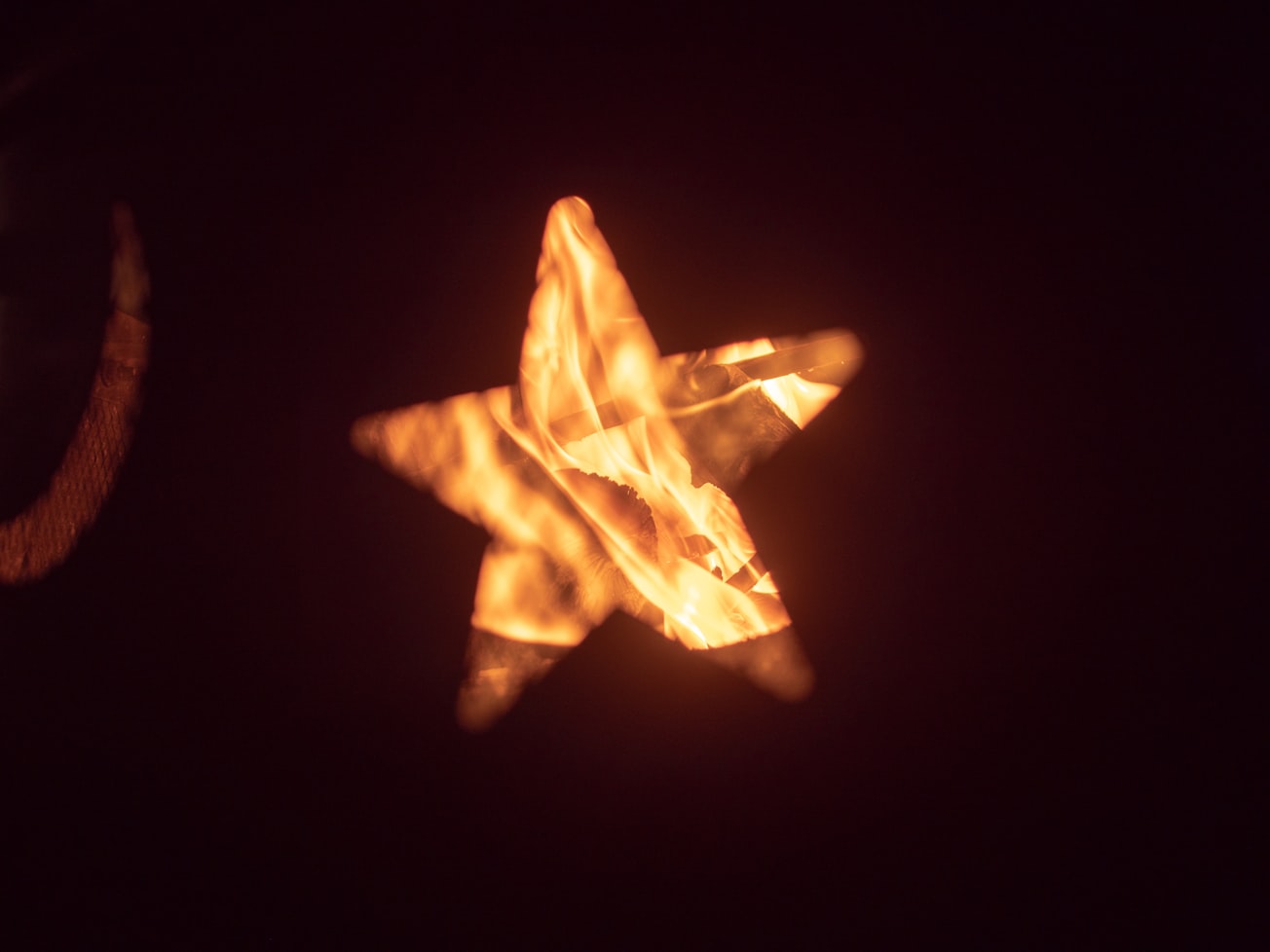What is it about?
Mesenchymal stem cell (MSCs) is a heterogeneous population. We have mapped the spatial and temporal heterogeneity of Wharton's Jelly-derived MSCs (WJ-MSCs) for the first time, and revealed a subpopulation, termed S100A9+CD29+CD142+ WJ-MSCs, possessing the better ability to facilitate the repair of skin wound compared with other subpopulation, which validated in various in vitro and in vivo experiments.
Featured Image

Photo by Mike Kilcoyne on Unsplash
Why is it important?
We identified the four heterogeneous WJ-MSC subsets at the single-cell level, among which a S100A9+CD29+CD142+ subpopulation exhibited promising wound repair properties in vitro and in vivo. Importantly, by integrating omics data, we found that S100A9+CD29+CD142+ subpopulation were more enriched in fetal segment of umbilical cord. Overall, we comprehensively mapped the heterogeneity of WJ-MSCs and presented the idea that S100A9+CD29+CD142+ subpopulation isolated from the fetal end may be a preferred source of wound repair.
Perspectives
This article took a lot of effort from me and co-authors, and I am very happy to be published. I hope this article will draw attention to the clinical transformation of MSCs and the benefits that MSC precision therapy can bring. MSCs have been shown to be effective in treating intractable diseases, and the development of drugs for the functional subpopulation of MSCs will make this benefit even greater. Most of all, I hope you find this article thought-provoking.
Dr. Penghong Chen
Fujian medical university union hospital
Read the Original
This page is a summary of: Single‐Cell and Spatial Transcriptomics Decodes Wharton's Jelly‐Derived Mesenchymal Stem Cells Heterogeneity and a Subpopulation with Wound Repair Signatures, Advanced Science, December 2022, Wiley,
DOI: 10.1002/advs.202204786.
You can read the full text:
Contributors
The following have contributed to this page










